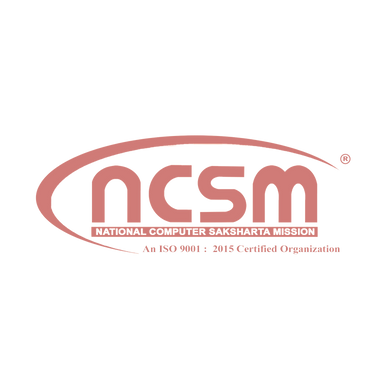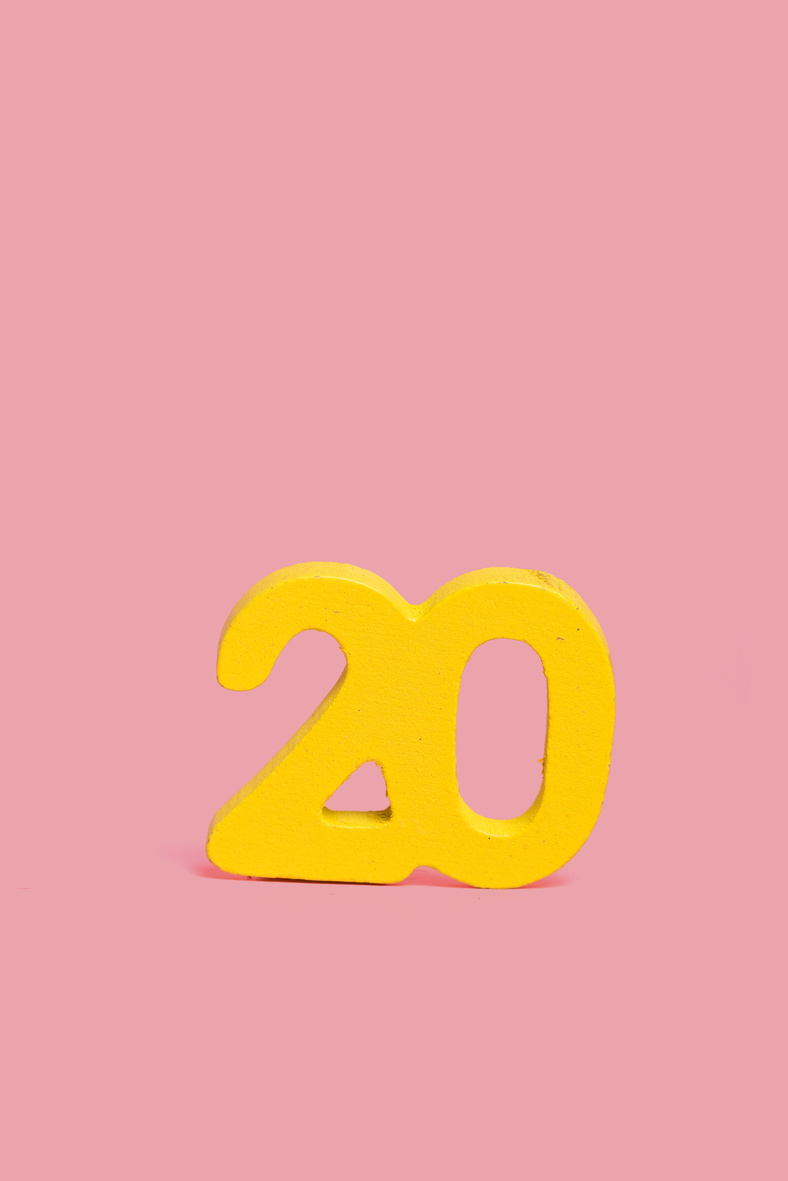
welcome to
National Computer Saksharata Mission
ISO 9001: 2015 Certified Organization.
Theoretical Probability
Investigating Theoretical Probability
Application of Probability
Inspired by
What are the chances?
- Of having a pop quiz in Math?
- Of getting “heads” when you flip a coin?
- Of you winning the lottery?
Study the mean, median, mode and range of the data without 20.
Introduction
Which values changed and which stayed the same?
Mean
7.8
Median
8
Mode
8
Range
4
6
7
8
9
10
11
12
13
14
15
16
17
18
19
20
21
22
23
24
What number will you roll?
Possible Outcomes: 6
Sample Space: 1, 2, 3, 4, 5, 6
We can group these outcomes into events such as:
rolling an even number or rolling a number greater than 3.
Categories of Likelihood
Unlikely
If it happens less than half the time
Even Chance
If it happens exactly half
the time
Likely
If the event happens more than half the time
Certain
If every outcome corresponds to the event
Impossible
If no outcomes correspond to
the event
Can you think of one event per category?
How likely...
Considering a standard deck of cards, here are some events sorted into each category:
Impossible
Drawing a blue card
Unlikely
Drawing an Ace
Even Chance
Drawing a black card
Likely
Drawing a card that is not 2
Certain
Drawing a card that is a Spade, Heart, Club, or Diamond

Probability as a Number
We can also use numbers to represent the likelihood of an outcome.
1
2
0.5
50%
0
0%
1
100%
3
10
20%
0.85
65%
Even Chance
Impossible
Certain
Likely
Unlikely
The larger the number, the more likely it is. The smaller the number, the less likely it is.
We can use this equation to solve for the probability of an event
Probability =
number of times an event can happen
size of sample space
To find the probability as a percentage, convert the fraction to a decimal and multiply by 100%.
What is the likelihood of landing on blue?
Remember these terms:
- probability
- trial
- outcome
- sample space
- likelihood
- impossible
- unlikely
- even chance
- likely
- certain
Questions or want to learn more?
Reach out!
Educational Resources
Teacher Luna Walberg
hello@reallygreatsite.com
Review “Theoretical Probability as a Likelihood” and “Theoretical Probability as a Number” from Mathspace.
Davis Thorne and Partners
Knowledge Hub
Brand & Marketing Central
Human Resources System
Events
Calendar
Learning & Development Community
Global
News
People
Directory